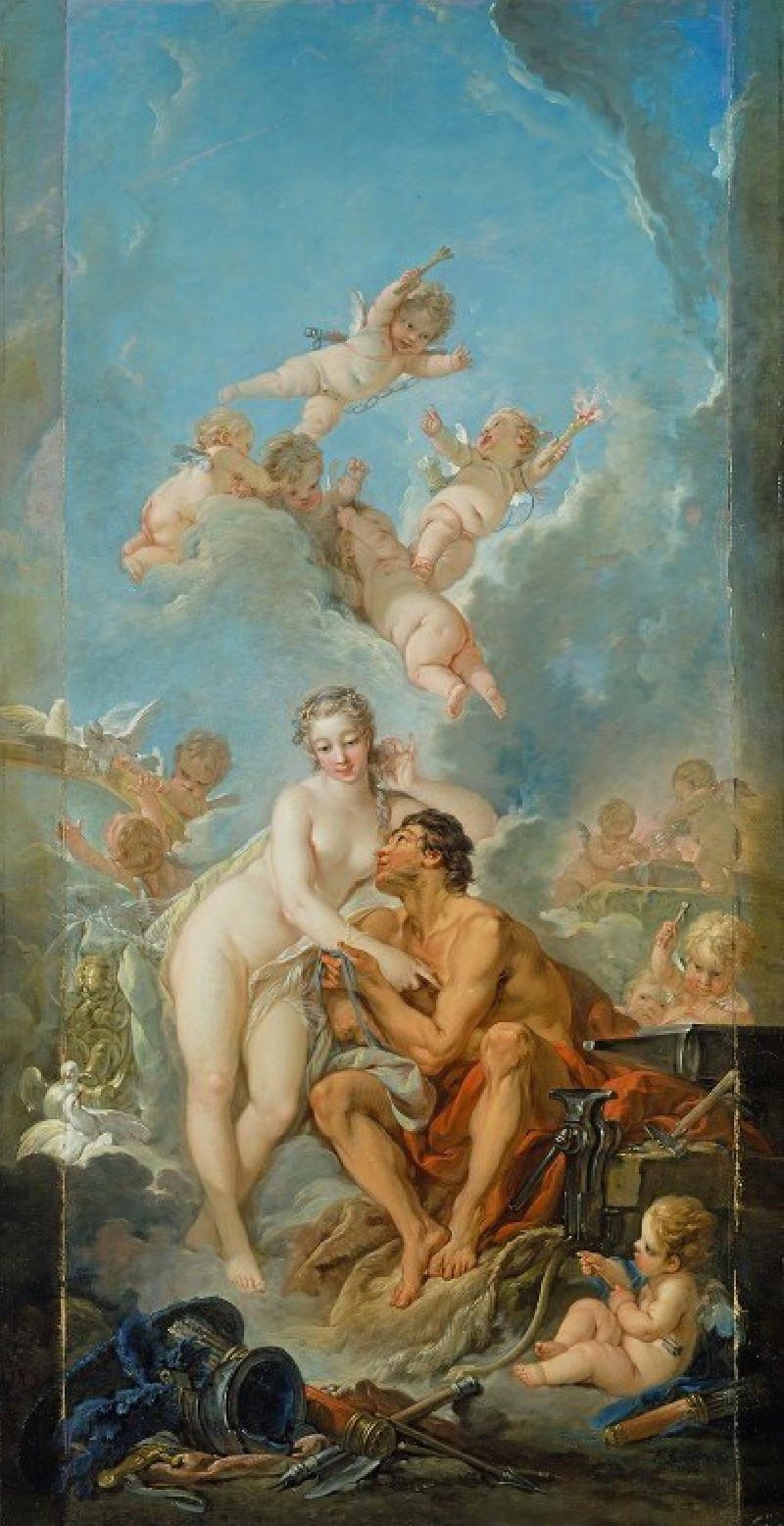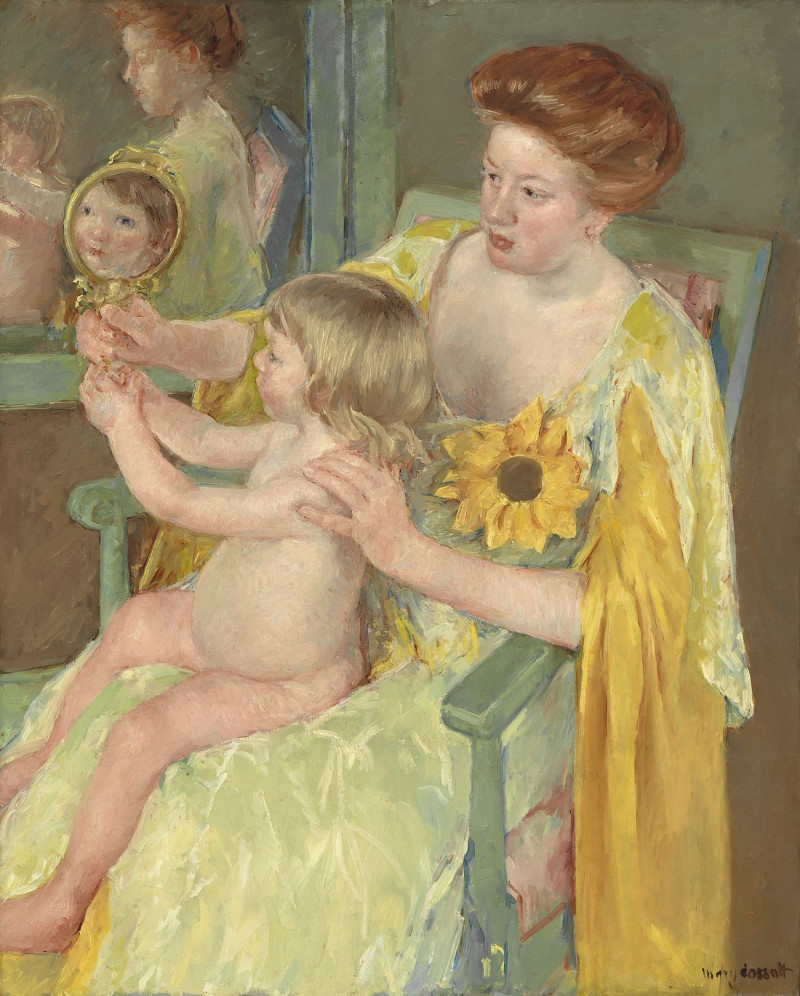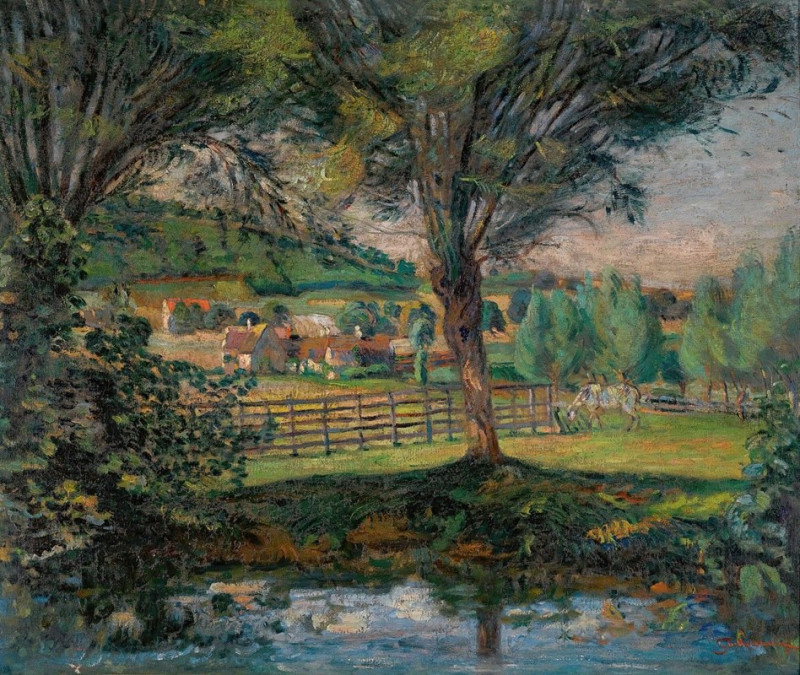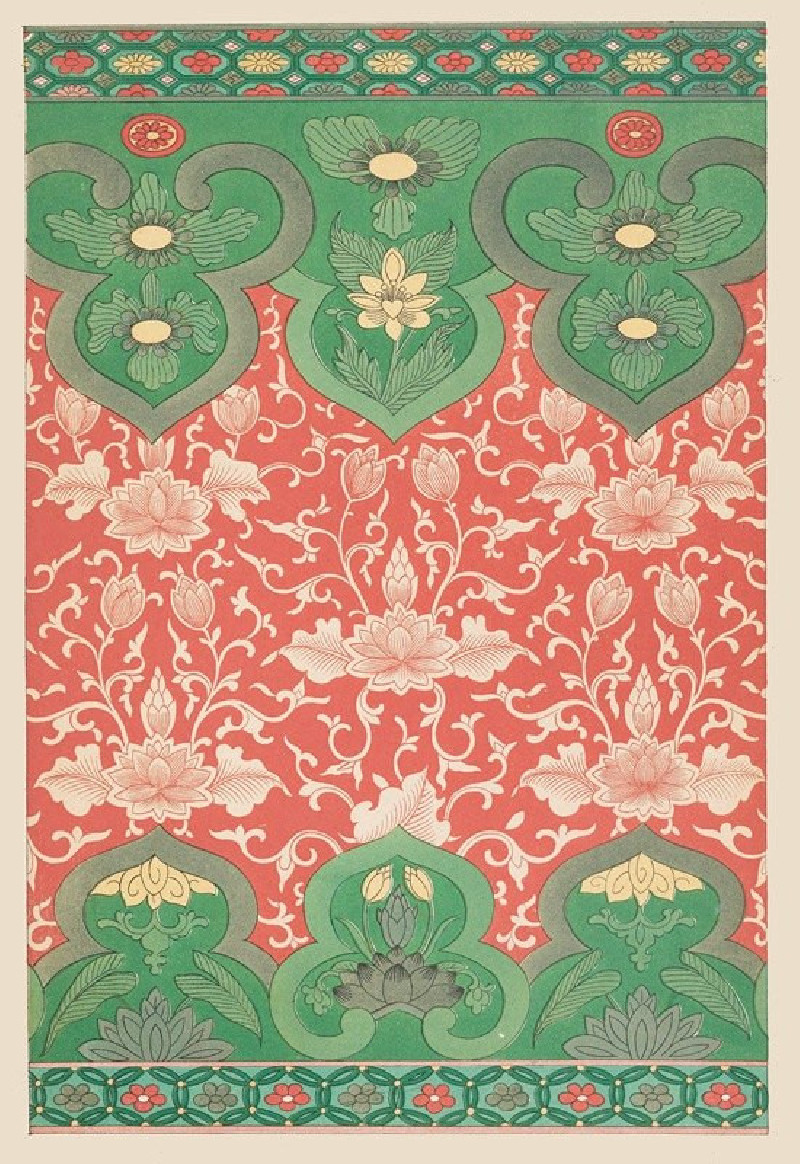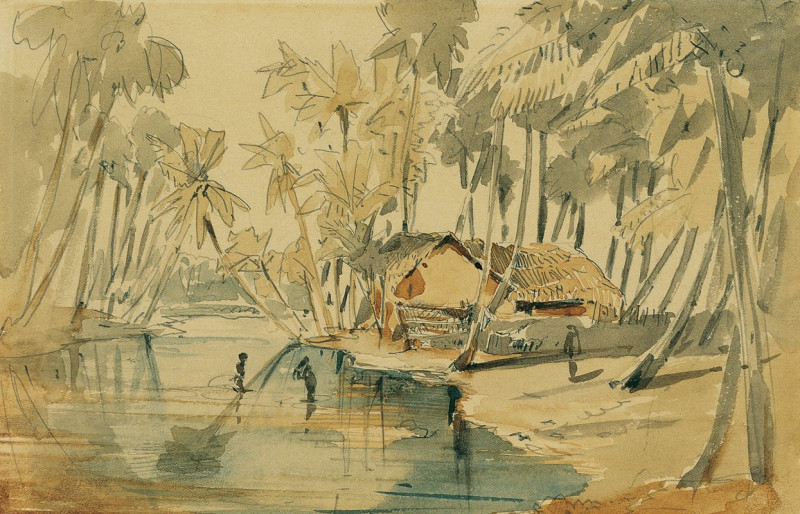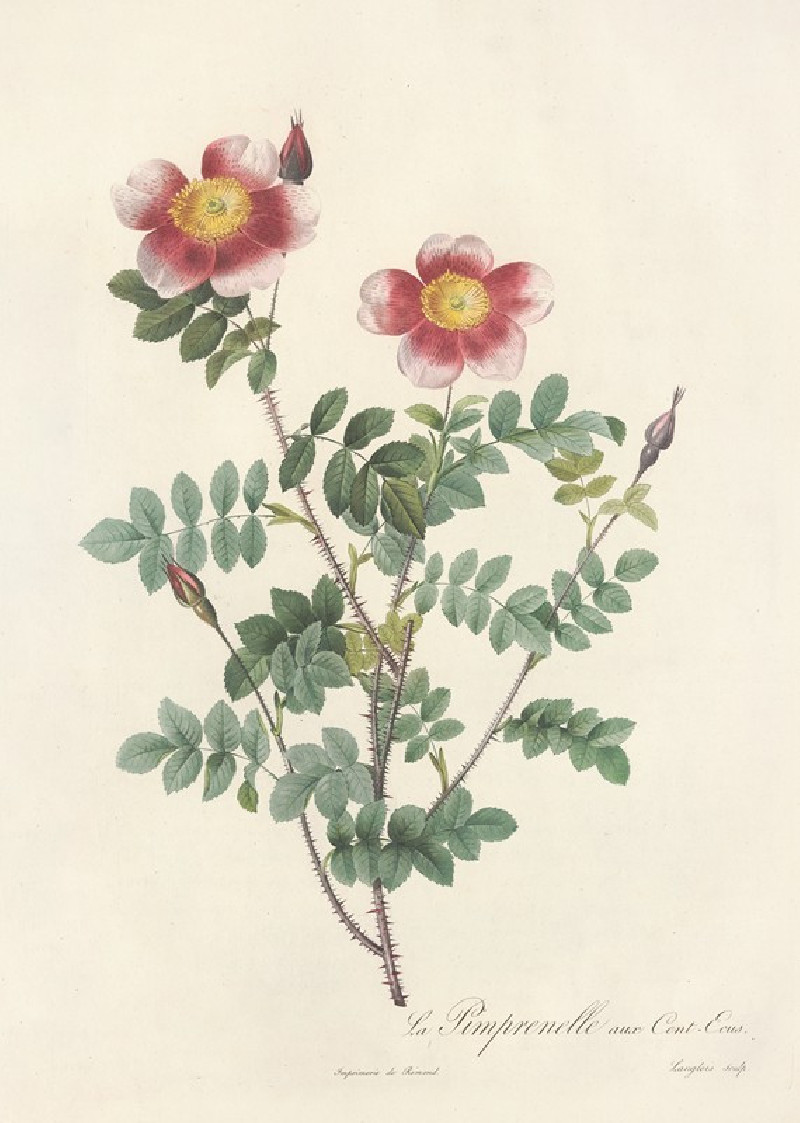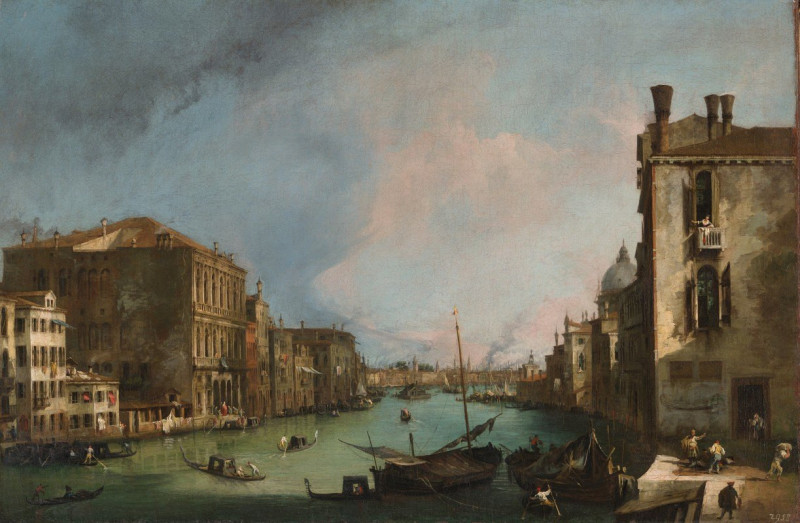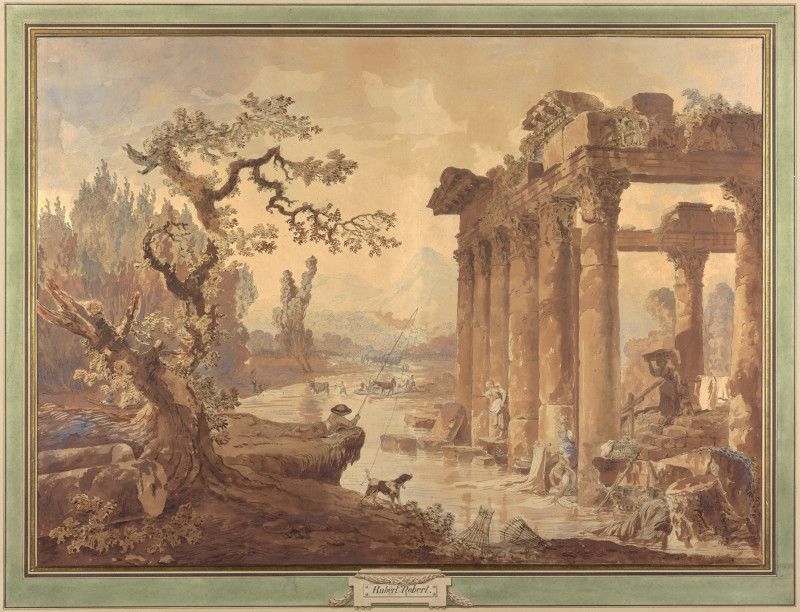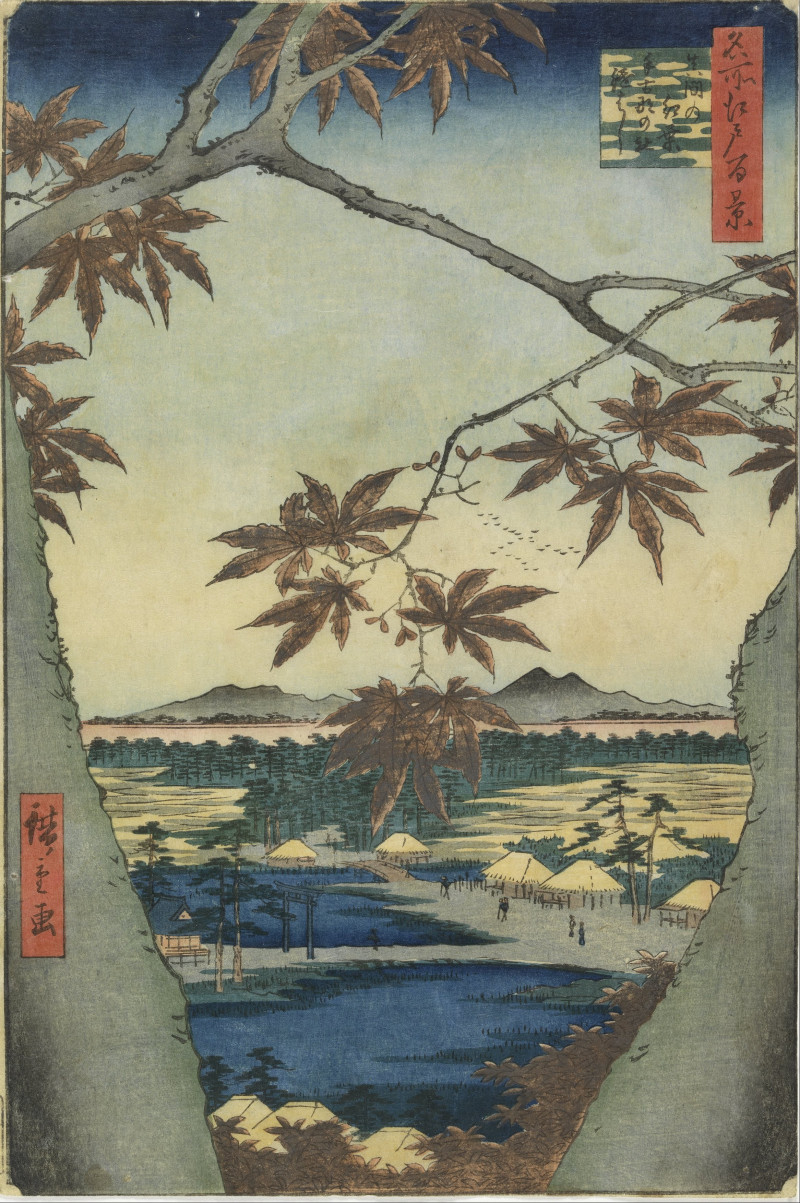Blick auf Davos (circa 1924)
Technique: Giclée quality print
Recommended by our customers
More about this artwork
"Blick auf Davos," a sketch by Ernst Ludwig Kirchner from around 1924, encapsulates the vitality and spontaneity often found in the works of this influential German expressionist artist. Depicting a serene, yet dynamically rendered view of Davos, a Swiss Alpine village known for its breathtaking landscapes, Kirchner's drawing does more than merely capture a scene; it conveys the essence and rhythm of the place.In this particular piece, the lines swirl and sweep across the canvas, creating a sense of movement and immediacy. Houses, presumably typical of the regional architecture, are sketched with energetic strokes, their forms simplified yet unmistakable against the backdrop of sharp mountain peaks. These peaks, drawn with jagged lines, seem to echo the tumultuous and vibrant spirit of nature itself.The composition, dominated by bold, confident black strokes on a textured beige background, showcases Kirchner's mastery in using minimalist details to depict a complex interplay of natural and human-made elements. This style not only reflects the artist's unique perspective but also the broader expressionist movement's focus on depicting emotional responses to the world rather than realistic representations."Blick auf Davos" invites viewers to engage with the landscape in a manner that is both introspective and exhilarating, reflecting Kirchner's deep connection to nature and his innovative artistic vision.
Delivery
Returns
Ernst Ludwig Kirchner (1880–1938) was one of the most important German Expressionist painters. He was a co-founder of Die Brücke, a group of German expressionist artists formed in Dresden in 1905. Die Brücke and Kirchner took inspiration from Vincent Van Gogh and Edvard Munch, as well as African and Oceanic art. They used woodblock printing as a medium to showcase their signature style: flat, unrealistic images with vivid colors. The recurring themes in Kirchner's artworks included exotic cultures, faraway landscapes, self-portraits, dancers and Berlin street life. His paintings and prints effectively portrayed non-European cultures despite the fact that he never traveled outside of Europe.

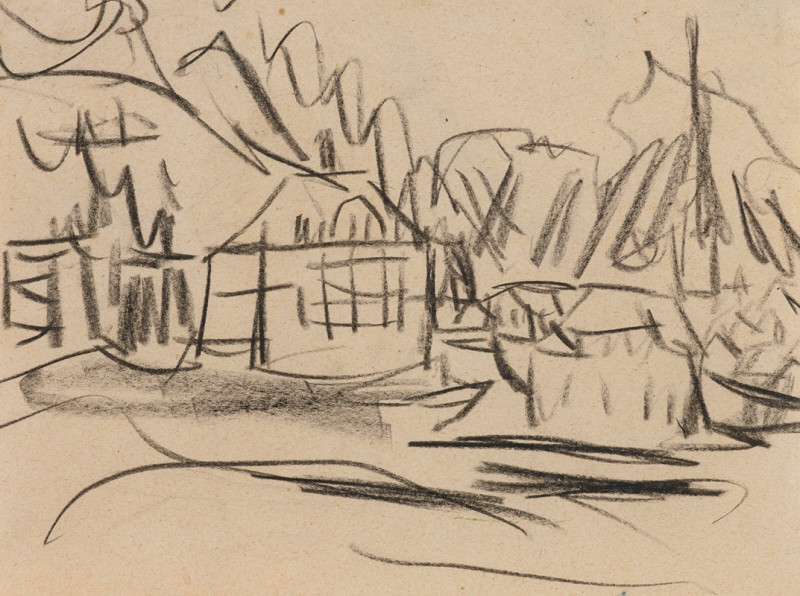






























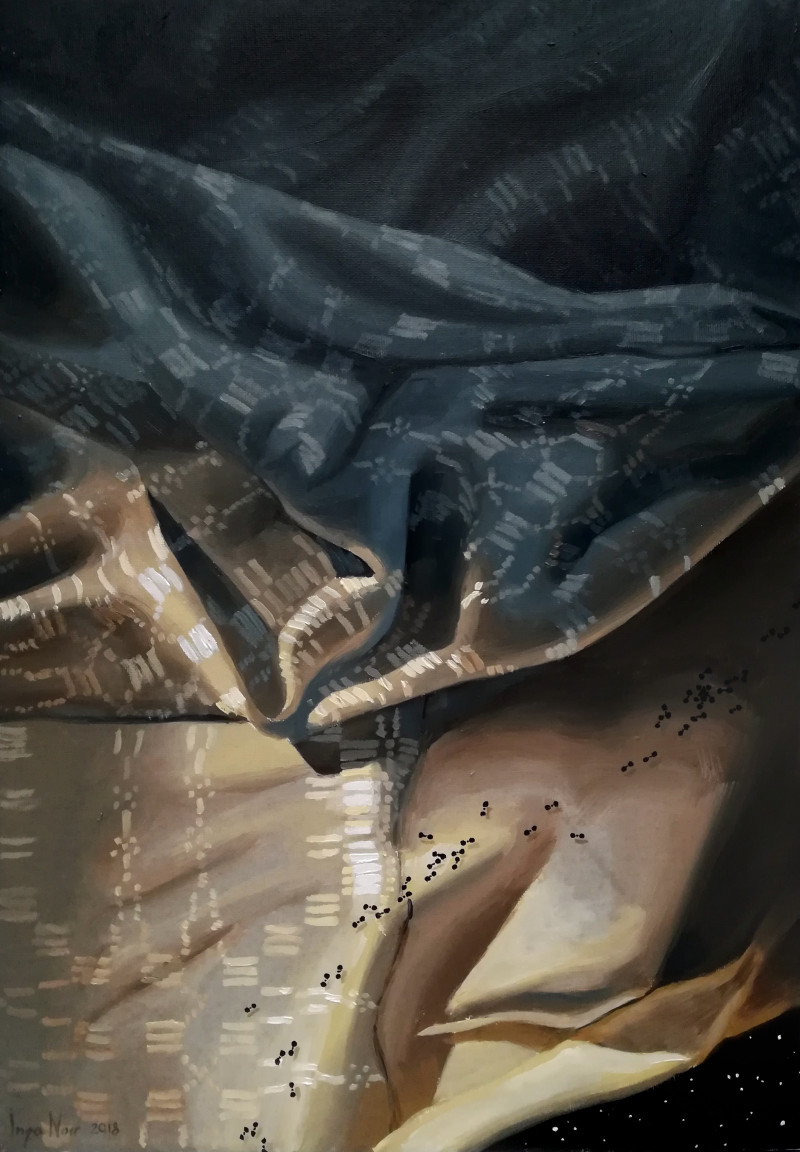
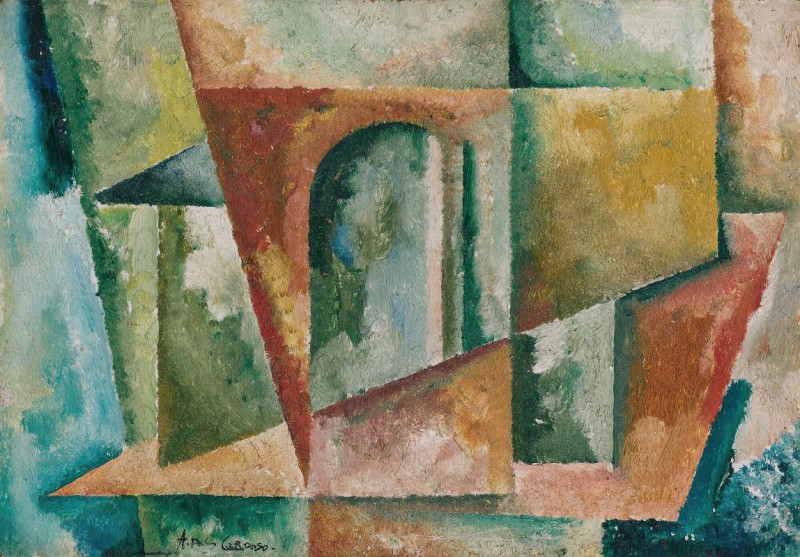

![Amusements Of Kabuki Actors Of The “Third Floor” [Dressing Room] reproduction of painting by Utagawa Toyokuni. ALL GICLEE PRINTS](https://reprodukcijos.lt/32918-large_default/reproduction-of-amusements-of-kabuki-actors-of-the-third-floor-dressing-room.jpg)
